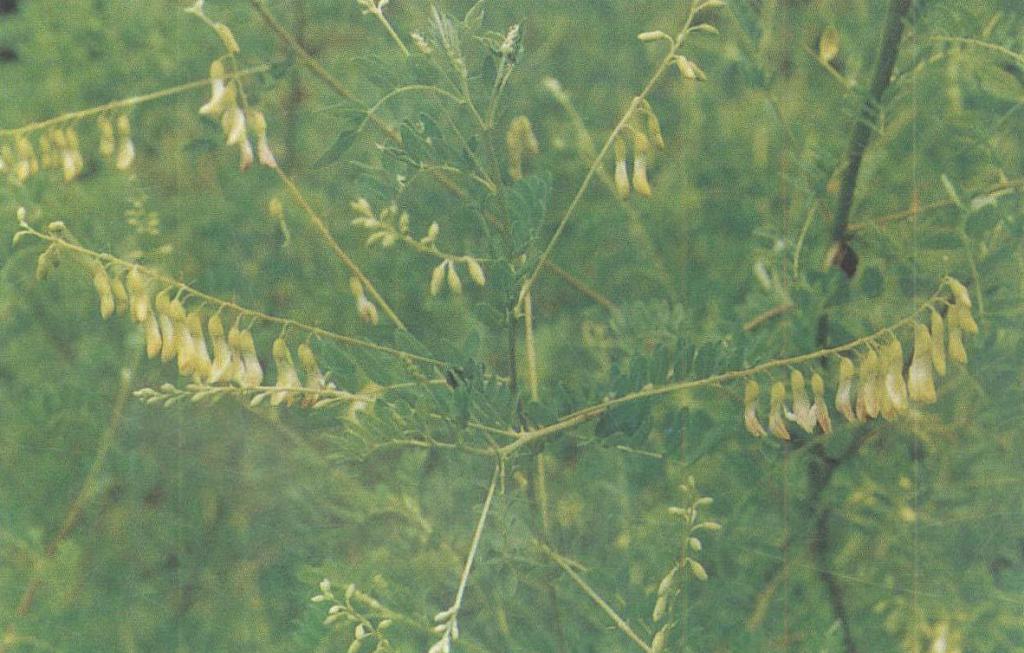Astragalus is a perennial herb of the leguminous family. Its roots are used as medicine. It has the functions of invigorating Qi and solidifying the surface, supporting toxins and expelling pus, and eliminating water and swelling. It is a crop with high economic value. Therefore, more and more people began to plant Astragalus; but Astragalus has many diseases and insect pests, among which root rot is the most common disease, with a high incidence rate, which seriously affects the quality and yield of Astragalus. So, what is the reason for the rotten roots of astragalus? Let's have a look!

1. Germplasm, seedlings
Astragalus root rot is a soil-borne disease of astragalus root, which is spread by diseased residues and soil-borne bacteria. While seeds generally do not contain bacteria, they do have some effect. The seeds are plump, the maturity is good, and the incidence rate is low; the seed maturity is different, the germplasm is poor, and the incidence rate is high. The incidence of transplanted fields was higher than that of live fields. The incidence increased with the growth of Astragalus. The incidence of Astragalus in each growth stage increased gradually from the seedling stage to the flowering and fruiting stage.
2. Water volume
Astragalus is resistant to drought, cold, and barrenness. It likes arid environments. Excessive rain or standing water is not conducive to its growth and will promote the occurrence of root rot. The incidence of drought is lower than that of rainy years; the incidence of noon or high-temperature weather is higher, and the watering is more, the irrigation speed is slow, and single-port irrigation; the incidence is high in heavy rain or continuous rainy weather, and the incidence rate is as high as 80% in the fruiting period. %above.
3. Planting density
Planting density directly affects the incidence. According to the survey, under the four planting densities of 30, 40, 50, and 600,000 plants/h㎡, the incidence of Astragalus root rot gradually increased, 12.3%, 15.1%, 20.4%, and 32.8%. In low-density fields, individual plants grow well and disease incidence is low, but low yields are not desirable. Therefore, the planting density is 400,000-500,000 plants/h㎡.
4. Cultivation system
The root system of Astragalus is relatively developed, and the requirements for the farming system are relatively strict. Different farming systems will affect the occurrence of root rot to varying degrees. The study found that well-drained sandy loam soil had the least disease, loam soil had the most severe disease, and clay soil had the most severe disease; newly developed wasteland had no or very light disease.
On the other hand, the fields that have been planted for many years have serious diseases; the incidence rate of the fields with fine soil preparation is lower than that of the fields with poor soil preparation quality and rough soil texture; the fields with high-quality farmyard manure have fewer diseases than the fields with only inorganic fertilizers; the incidence of crop rotation is low, The incidence of continuous cropping or continuous cropping of Astragalus is high. According to preliminary statistics, the incidence rate of continuous cropping fields is over 55%, and the incidence rate of continuous cropping fields is over 33%. Return to Sohu, see more